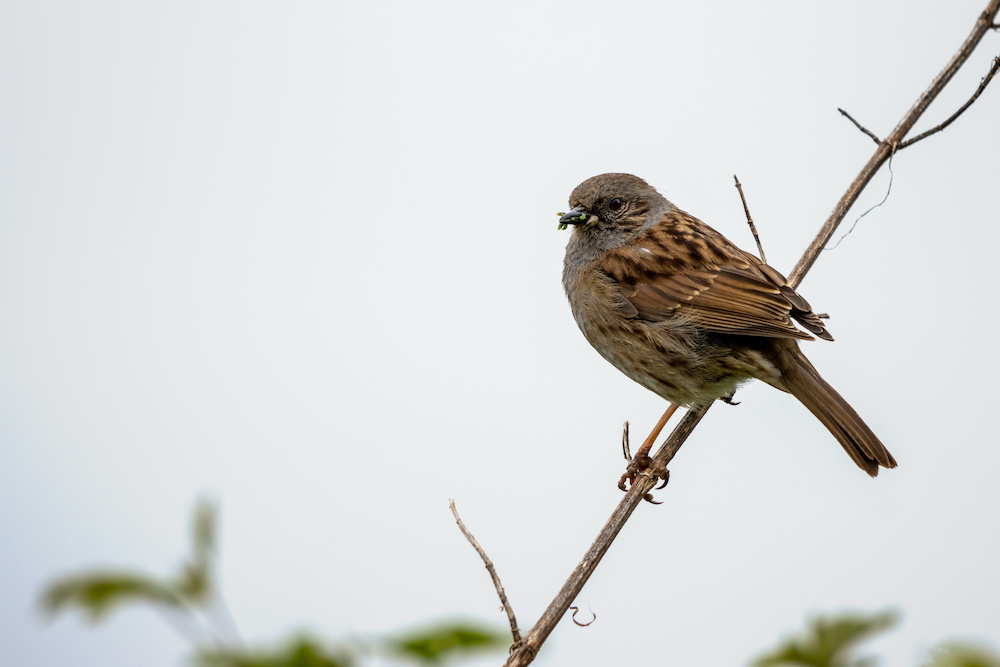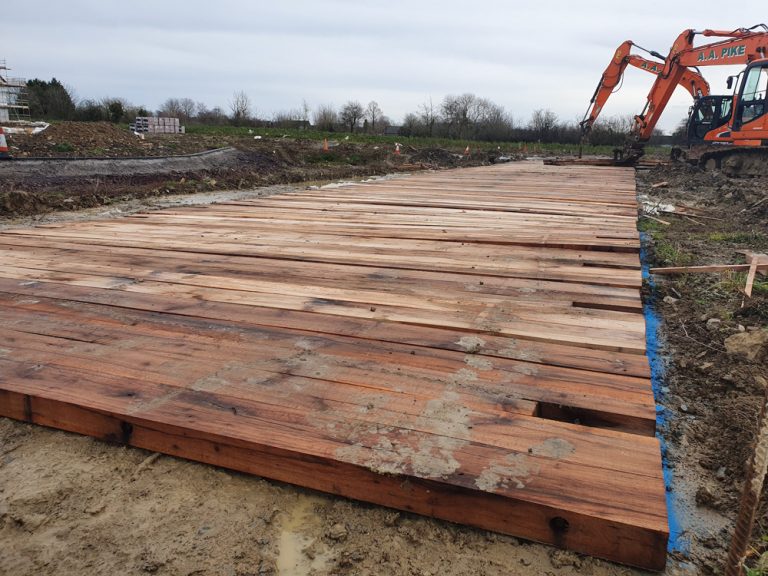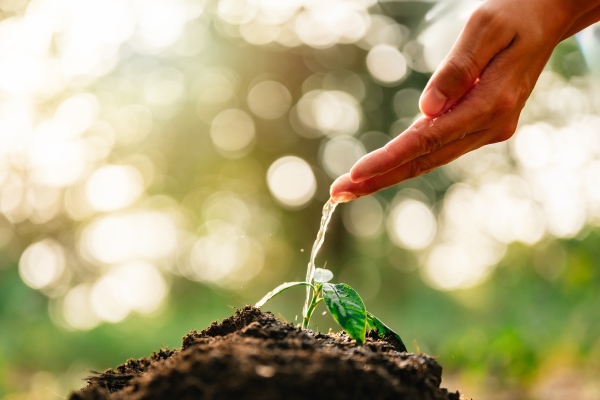Wildlife considerations on construction sites

The construction industry is considered to be among the most resource-hungry and environmentally-detrimental sectors globally. It might seem strange for us to be writing about such a subject, but Birketts Bogmat’s takes it’s responsibility seriously which is how the concept of bog mats came about, not only to make construction sites easier to travel around, but to preserve and protect the ground and therefore the wildlife. This is also why we only use sustainable timber that is sourced responsibly.
Global statistics indicate that the construction sector makes up more than 40% of raw resources net flow in the economy. This percentage amounts to more than 3 billion cubic tons of raw materials in the world. The industry also contributes to 9% of the global GDP and is used as an indicator of economic conditions frequently.
It is essential to note that the construction industry directly affects wildlife due to its reliance on ecology for the most significant art of raw materials. Various categories of construction that directly impact biodiversity and wildlife include civil infrastructure development, industrial and commercial developments, and projects that deal with housing developments. All these aspects point to the need to balance construction and wildlife preservation.
Since the construction industry depends so much on biodiversity, it can be concluded that biodiversity plays a significant role in the sector of construction. Industry honchos must emphasize construction plans and designs that minimize adverse effects on wildlife. Additionally, they have to consider the fact that the industry relies so much on biodiversity hence the need to tweak their strategies accordingly. The following section shows how the industry affects wildlife and what can be done to enhance wildlife preservation.
Onsite Disturbance to Wildlife
Construction processes and activities can sometimes pose significant threats to wildlife preservation, especially at the sites of construction. For instance, construction requires land, and this can have a direct effect on wildlife habitat. Additionally, the noise produced during construction activities can sometimes lead to alteration of breeding and feeding patterns. The species that are mostly affected by noise include badgers, bats, great crested newts, and birds.
The site and nature of construction processes and activities should be selected after weighing the impact of these activities on plant and animal lives. Wildlife preservation at construction sites must be organized in a way that identifies wildlife species and formulating the construction plans accordingly. For instance, the use of bog mats help to preserve wildlife and protect the ground underneath them.
Other strategies should be focused on isolating species based on the following criteria:
- Identification of areas where the most vulnerable species are found.
- Identification of habitats where species require a large area of land.
- Identification of areas where species with low reproductive rates are found.
- Setting standards that enhance the preservation of wildlife.
Off-site Disturbances to Wildlife

Wildlife preservation at the sites of construction should consider all other off-site activities that affect wildlife. Some of these activities may include:
- Air, land, and water pollution: These essential resources support wildlife and polluting them directly proves detrimental to the ecology.
- Disturbances: Construction processes and activities have a direct effect on wildlife.
- Vandalism and risks of fire: Almost all construction works and activities pose the risk of destruction of natural habitats, which represent a lot of stress on wildlife. Additionally, there are always risks of fire, and this can be a significant challenge for wildlife preservation.
- Subsequent developments: Road constructions and any other form of the ancillary structure pose a significant danger to wildlife. Such activities can sometimes skewer natural habitats and have adverse effects on wildlife.
Avoiding Sensitive Areas for Construction
The best way to ensure wildlife preservation in the construction industry is by avoiding the following areas:
- Places that would lead to complete loss of natural habitat or total damage to the distribution and abundance of individual species.
- Areas that are likely to create an ecological imbalance and possible loss of wildlife.
- Areas in which construction processes and activities would have negative impacts on the quality of wildlife and decrease its ability to support breeding, migration, and genetic exchange of species.
- Locations that can be easily fragmented by construction processes and activities, leading to barriers between the fragments.
Restoring and Enhancing Wildlife Habitats
The need of the hour is to establish and implement measures that eliminate or reduce the adverse effects of construction on wildlife. The following method should shed some light on the actions that can be taken to enhance wildlife preservation in the construction industry:
- Restoring and linking existing wildlife habitat and land aspects that support wildlife. Construction activities should be aimed at retaining existing habitats to preserve and save ecological strips.
- Compensating for the damage caused to wildlife habitats by recreating features, restoring, and developing the existing landscape to support wildlife. Additionally, relocating wildlife to better habitats is necessary if the existing ones are damaged.
- Managing the existing habitat to ensure that the landscapes are in the best condition to support plant and animal lives.
- Monitoring the measures listed above to ensure better wildlife preservation at construction sites.






